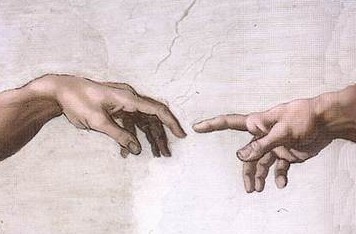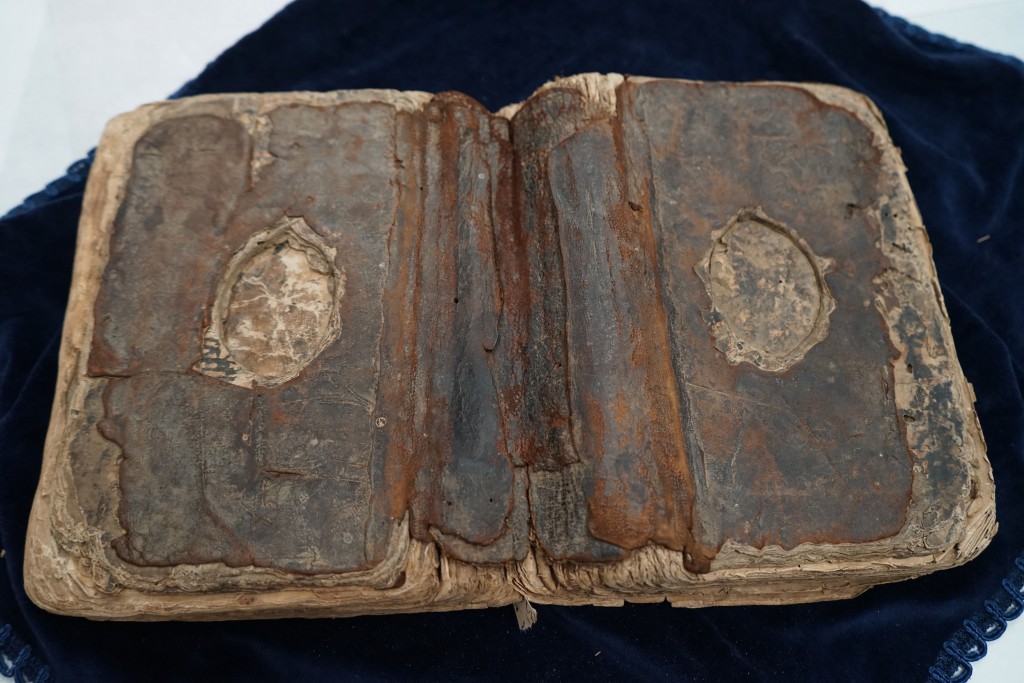St. Victor (the Abbey): the language of plans, elevations, sections, and perspectives
Before reading the following article, I didn't even know there was a St. Victor, let alone an Abbey of St. Victor that was established in 1108 near Notre-Dame Cathedral, at the beginning of the "Twelfth-Century Renaissance", in Paris.
The surprising history of architectural drawing in the West
Karl Kinsella, Aeon (12/21/23)
Here's a quick tutorial from the National Design Academy on the architectural language alluded to in the title of this post:
What’s the Difference Between a Plan, Elevation and a Section?
This brief guide uses an ingenious way of looking at an orange from four viewpoints to explain these four main terms of architectural language. Armed with this fundamental knowledge, let us now join Karl Kinsella in learning about the architectural drawings of the Abbey of St. Victor and other Western religious edifices. I should preface my overview of Kinsella's article by pointing out the it is accompanied by seven extraordinary period illustrations.
Kinsella begins with Vitruvius' De architectura in the 1st c. BC and moves quickly to the 15th c. when "the artist and architect Leon Battista Alberti, in his brief mention of architectural drawings, assumes that they are done only by architects." Then comes the real story:
Read the rest of this entry »


